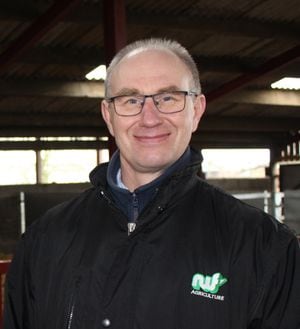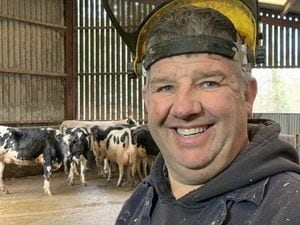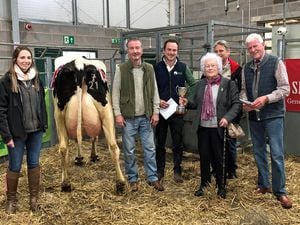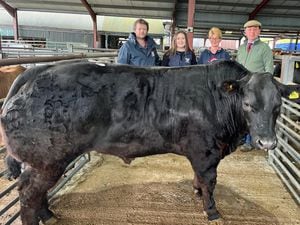Good signs for this season's silage
With almost 2,000 samples of first cut grass silage analysed by the Trouw Nutrition GB lab, results for 2017 show that this season’s grass silage is of good quality with a higher nutrient value than 2016.

This reflects the generally earlier cutting dates and slower grass growth in early May. Overall fermentation quality appears good with low sugars and high lactic acid; however, clamp stability could be an issue due to the slightly elevated pH and increased DM.
Clamp management will be especially important this year. The improved quality of the average first cut silage is reflected in this year’s high DyNE. Assuming an intake of 10kg DM this would equate to M+7.7 litres from forage. Traditional parameters such as ME may underestimate the value of grass silage this season (M+ 6.2 litres) when compared to rationing with DyNE, providing opportunity to maximise milk from forage and save on feed costs. Over a 200-day winter, DyNE is worth 300 litres extra milk from forage.
Key points
• Milk from DyNE = M+7.7 litres; giving a real opportunity to maximise milk from forage
• Rapidly fermentable carbohydrates are high, but slowly fermentable carbohydrates are low
• Need to supplement with digestible fibre in the diet for optimal rumen energy protein balance
• Acid load is high, fibre index is low; consider rumen health acid load and fibre index should be considered together in order to optimise rumen health. The high acid load and low fibre index again highlights the need for more digestible fibre in the diet to complement this season’s first cut.
Practical tips
• To balance the rumen due to high TFP and low SFC, there may be a need to feed more digestible fibre, for example soya hulls or sugar beet pulp
• Consider rumen health; high RFC and acid load, coupled with low fibre index, suggests there may be a need to feed a rumen buffer and/or yeast, and confirms the need for digestible fibre.
Based on the samples analysed to date, the higher quality of the average 2017 early first cut silage will promote milk from forage. The NutriOpt Dairy parameters highlight important considerations to balance the rumen in terms of energy and protein, and promote rumen health.
This will help to ensure that the silage is correctly balanced in the ration unlocking the full potential. Although the early first cut results provide a useful guide to the general trends it is extremely important that individual clamps are regularly analysed and that this information is used to accurately balance diets.
Angus Little, NWF technical sales specialist.





